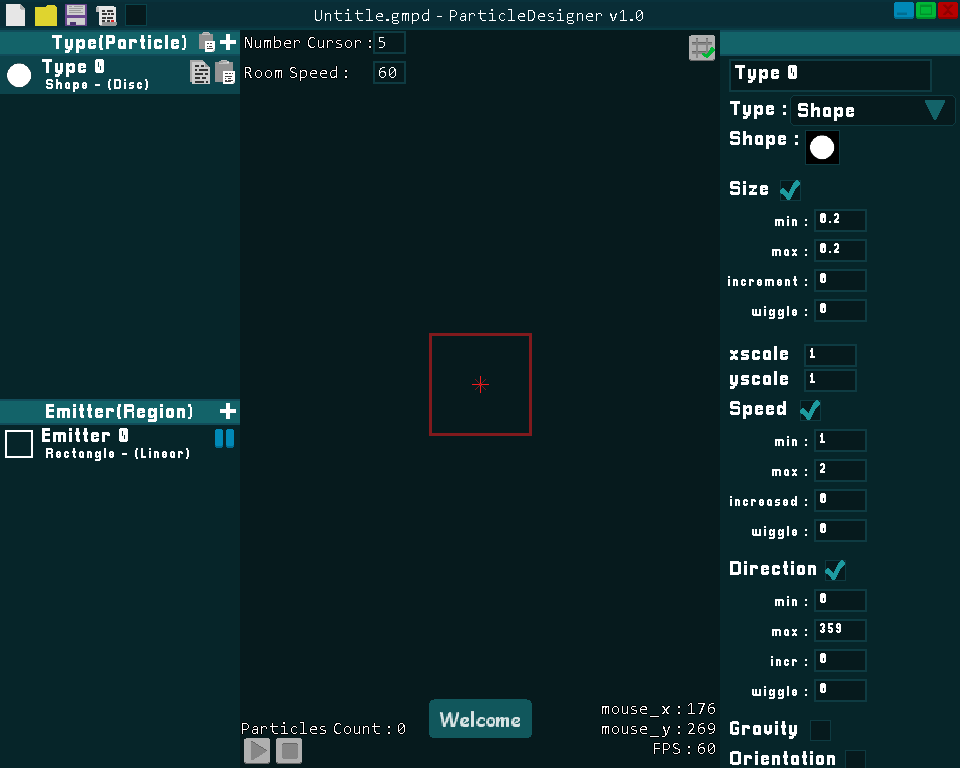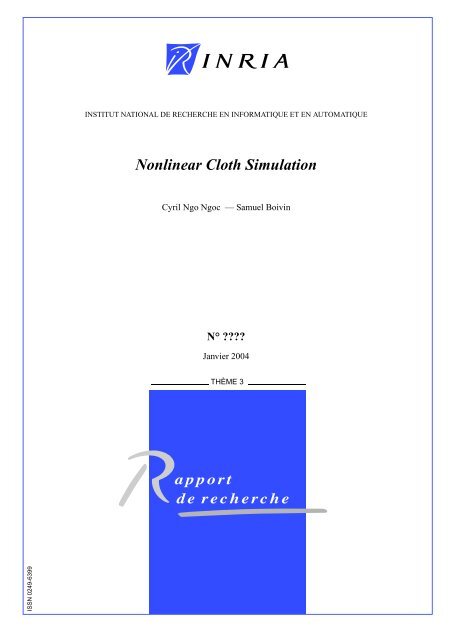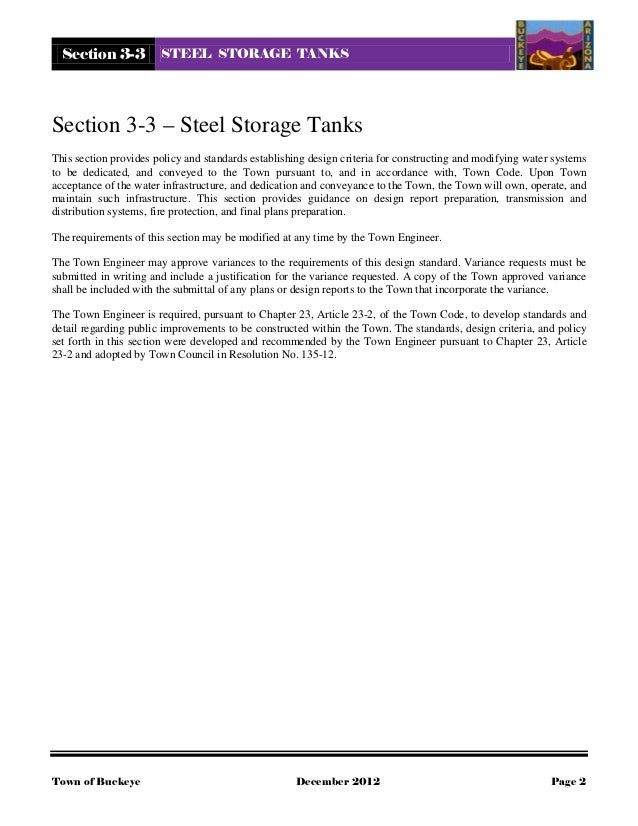


At a pressure of 10 −6 Torr, a clean static surface will experience enough collisions that, if each impinging species sticks, the surface will be covered in a full single-molecular layer in 1 s this is the condition that defines the unit of 1 Langmuir as 10 −6 Torr s −1. At atmospheric pressure (∼760 Torr), with unity sticking probability, a monomolecular layer is formed on a clean surface in <1 μs. 6 The actual rate at which a surface is covered is dependent on the pressure above the surface. When every molecule that hits the surface sticks to the surface, the sticking probability is unity when no molecules stick to a surface on collision (i.e., all molecules scatter elastically), the sticking probability is zero.īecause each and every collision has some probability of participating in a chemical reaction or physisorption/uptake event, if a reasonable fraction of those impinging gas-phase species stick to the surface, the entire surface will be contaminated very quickly. When a molecule that strikes a surface participates in any event (this includes reaction, physisorption, etc.), which does not allow it to essentially immediately bounce off, it can be said to “stick” to the surface. cm −2 for a typical surface, in one second each atom on the surface has on average been struck by at least one gas molecule.Given normal surface densities of between 10 14–10 15 molecules The reason for this is readily apparent when one considers that at a pressure of 10 −6 Torr-already nine orders of magnitude less than atmospheric pressure-around 10 15 ambient molecules strike an exposed surface area of 1 cm 2 every second. Static surfaces, such as solid metals, require ultrahigh vacuum conditions (UHV, ≪10 −8 Torr) in the main scattering chamber to ensure that the freshly prepared surface remains clean of ambient gas-phase contaminants.


To obtain reliable information from a gas–surface scattering experiment, the surface must remain clean throughout the experiment. Experiments conducted in a vacuum provide a way to control the number of molecules that collide with the target surface. Even in the absence of chemical reactions, many molecules can act as surfactants (see Chapter 4), and in this way surface contaminants can obscure any information one may gain through gas–liquid scattering experiments. Alexander, in Physical Chemistry of Gas-Liquid Interfaces, 2018 1.1.1 Experiments Under Vacuum Remove Most Sources of Potential Surface ContaminantsĬonducting experiments in a vacuum removes most sources of potential surface contaminants, which generally comprise ambient background particles or gases that could participate in chemical reactions that alter the surface or that otherwise produce undesired compounds.


 0 kommentar(er)
0 kommentar(er)
